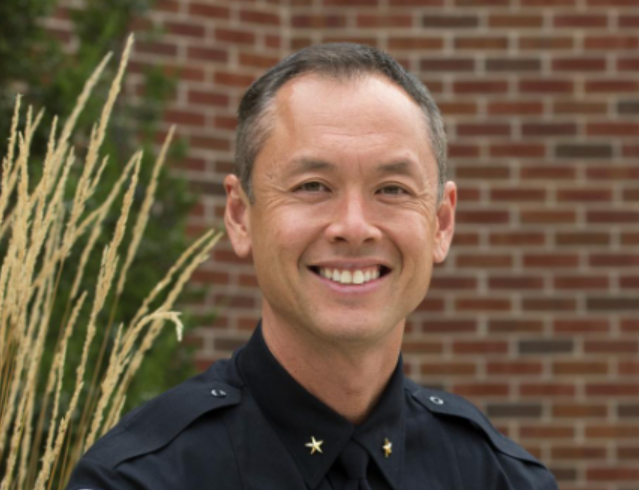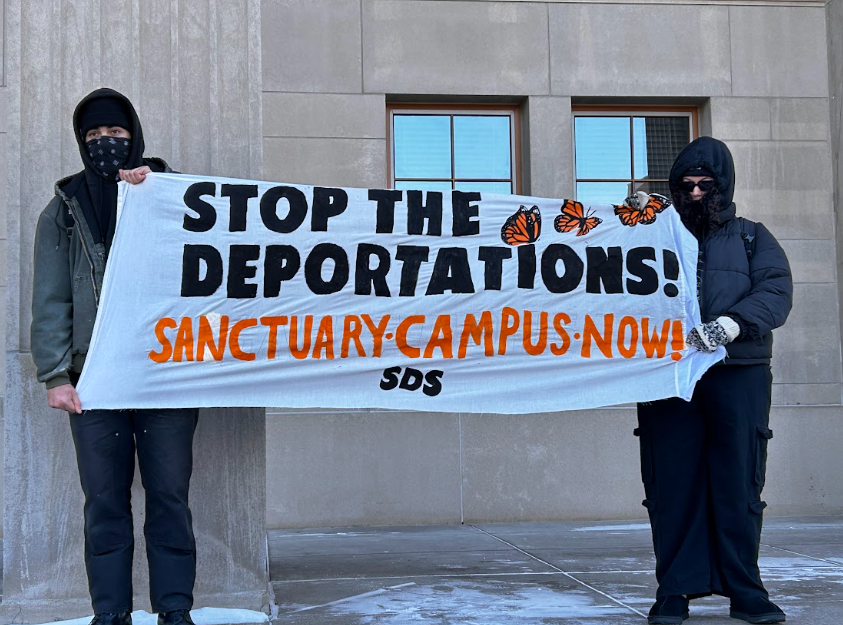The University of Minnesota is collaborating with South Dakota State University to launch a new doctorate in veterinary medicine program next fall.
The Professional Program in Veterinary Medicine, also referred to as the 2+2 Program, will begin with its first class of 20 graduate students in fall 2021. Students will spend their first two years studying veterinary medicine on the SDSU campus before transferring to the University of Minnesota to complete their degree.
The goal of this program is to extend the University’s veterinary program to more students, while more broadly addressing a growing demand for more veterinarians to serve upper-midwestern communities, said Dr. Laura Molgaard in a statement emailed to the Minnesota Daily. Molgaard is the current interim dean of the University of Minnesota’s College of Veterinary Sciences.
The program will provide a unique experience for prospective University of Minnesota veterinary students by allowing them to still take advantage of the resources available at SDSU, according to Molgaard.
“SDSU has great production animal facilities that will be an asset for the students that choose to go there for their first two years, and we hope to also send students from the four-year program to Brookings for those elective experiences,” she said.
The collaboration will also cut costs for both universities and students, according to Dr. Gary Gackstetter, director of the program’s SDSU department. Students from outside of Minnesota will be able to transfer to the University of Minnesota while paying in-state tuition prices during the latter half of the program, he said.
Gackstetter said that the program will also save both universities resources by allowing them to rely on each other rather than building or expanding their own programs.
Elle Moon, a student at SDSU applying for the program’s first fall semester in 2021, said the affordability is part of the appeal of the program.
Moon said in an email that when she was looking for veterinary schools, she wanted an option that would be more affordable, while still providing a solid foundation for her career.
“This program was on my list because it would be cheaper, specialize in rural medicine, and is relatively close to home. With this program being considered the “Rural Vet Medicine Program” it would provide me with many hands on experiences that many other 1st and 2nd year vet students don’t get, as the program coordinator suggested there would be “veterinarian visits” at least once a week with local veterinarians,” her email read.
This form of hands-on experience is exactly what Gackstetter said the program was aiming for. The program will allow students from rural parts of the Midwest to benefit by beginning their veterinary degrees within a smaller and intimate learning environment before joining the University of Minnesota’s much larger veterinary student population of about 400, he said.













